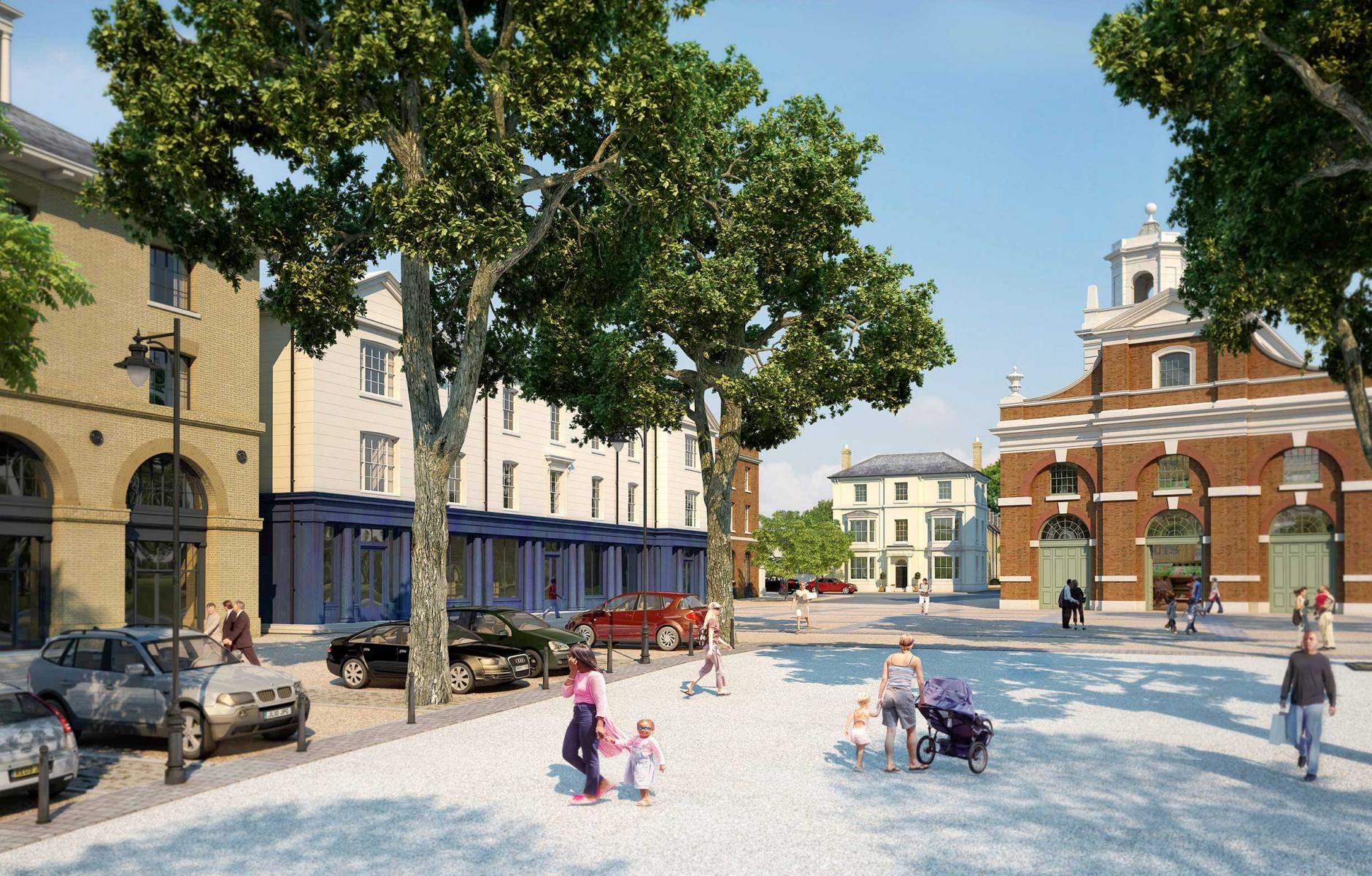
Why new urbanism is the answer all over again
This week in Seattle the members of the Congress for the New Urbanism (CNU) gather in Seattle on the 25th anniversary of their first meeting in Alexandria, Virginia.
The congress burst on to the scene in the early nineties, after a period when cities were excoriated as unsafe, and perhaps in terminal decline across the world. Suburban sprawl was in the ascent, and the word “urban” was often used as a synonym for crime and deprivation.
The CNU’s Charter of the New Urbanism, adopted in 1995, clearly stated the problem: “The Congress for the New Urbanism views disinvestment in central cities, the spread of placeless sprawl, increasing separation by race and income, environmental deterioration, loss of agricultural lands and wilderness, and the erosion of society’s built heritage as one interrelated community-building challenge.”
It just as boldly aimed at a solution: “Neighborhoods should be diverse in use and population; communities should be designed for the pedestrian and transit as well as the car; cities and towns should be shaped by physically defined and universally accessible public spaces and community institutions; urban places should be framed by architecture and landscape design that celebrate local history, climate, ecology, and building practice.”
The CNU has prospered during a time when cities have once again been seen as engines of economic prosperity, cauldrons of opportunity, and as lively places which hold promise for improving environmental, health and prosperity outcomes. The CNU can’t take all the credit, as allied groups such as the Academy of Urbanism and the Urban Task Force in this country have sprung up to carry the message, but urbanism and cities have undoubtedly been on the ascent both in the developed world and the global south in the past 25 years.
This has been dubbed the urban century, following the 2008 UN announcement that more people in the world lived in cities than in rural areas. Cities are increasingly seen as prime economic drivers in the world economy. This success has led to a new set of issues. Last year’s Habitat III meeting in Quito focused entirely on urbanisation in the exploding cities of the local south, with its New Urban Agenda aiming to tackle problems of growth, disparity and inequality, access to land, infrastructure and governance and transparency.
Peter Calthorpe, a founder of the Congress for the New Urbanism from California, is the only architect to be appointed to Habitat’s New Urban Panel, which will oversee the implementation of the New Urban Agenda. I hope this will ensure that spatial planning, place-making and the safeguarding of the public realm will not be ignored. A coalition of groups including the Commonwealth Association of Planners, the Commonwealth Association of Architects, the Prince’s Foundation and UN Habitat, has been formed to develop tools and share expertise across the diverse group of Commonwealth nations.
Just as the term “new urbanism” was reflected in the UN’s New Urban Agenda, urban thinker Richard Florida has been on a much-publicised book tour declaring the New Urban Crisis. According to Florida, we are experiencing a crisis of gentrification, triggered by the return of young, talented and affluent people back into cities in the developed world.
Interestingly, Florida is known for touting the rise of the creative class, which promised cities that they could revive their fortunes by attracting, young, educated and talented “creatives” back to their cities. Focusing his research in the US, Florida’s finding that successful cities are experiencing increasing economic stratification, both internally and as compared to less successful cities, will resonate here in Britain as well.
Florida’s solutions including more affordable housing, addressing spatial segregation through planning and zoning, and public transport and rail infrastructure to improve accessibility, can all be found as tenets of the Charter of the New Urbanism, which outlines a comprehensive set of actions at the regional, neighbourhood and building and block scales.
Florida dedicates less attention to the underlying problem of global investment capital pouring into urban development projects and the way that it enhances social disparities, drives up housing costs and privatises the public realm.
One danger of increased attention to urbanisation in the global south is that as processes become more predictable, this kind of investment capital will flood into public-private partnerships, driving out the informal urbanisation that for so many is the first step on the ladder out of poverty.
Addressing this challenge in both the successful cities of the north and the growing cities of the south will mean creating platforms that once again favour small-scale community and entrepreneur-led development and revitalisation. In this area, the CNU, with its localist initiatives for Tactical Urbanism and Lean Urbanism, may once again be in the vanguard.
This article originally ran in Building Design magazine, which is an online magazine for UK architects.




